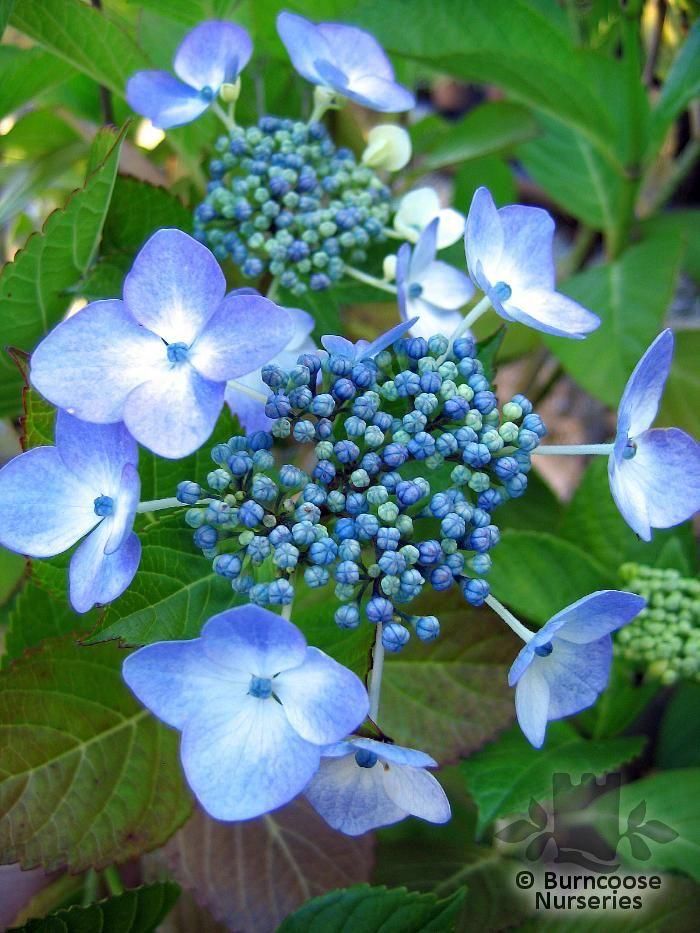The Hydrangea Blue Wave: A Stunning Flower That Will Take Your Breath Away
The Hydrangea Blue Wave is a stunning flower that will take your breath away. With its large, blue blooms, it is a sight to behold. But what makes this flower so special?
In this blog post, we will explore the history, symbolism, and care of the Hydrangea Blue Wave. We will also share some tips on how to grow this beautiful flower in your own garden.
History of the Hydrangea Blue Wave
The Hydrangea Blue Wave is a relatively new flower, first introduced in the early 1990s. It is a hybrid of two other hydrangeas, the Hydrangea macrophylla and the Hydrangea paniculata.
The Hydrangea macrophylla is a native of Japan, while the Hydrangea paniculata is a native of China. The two species were crossed to create a flower that combines the best features of both parents.
The Hydrangea Blue Wave is a vigorous grower, reaching up to 6 feet tall and wide. It blooms in the summer, producing large, blue flowerheads that can measure up to 12 inches in diameter.
Symbolism of the Hydrangea Blue Wave
The Hydrangea Blue Wave has a variety of symbolic meanings. In Japan, it is associated with heartfelt emotion, gratitude for understanding, and apology.
In Western cultures, the Hydrangea Blue Wave is often seen as a symbol of love, happiness, and faithfulness. It is also sometimes associated with the changing seasons, as the color of its blooms can vary depending on the acidity of the soil.
Care of the Hydrangea Blue Wave
The Hydrangea Blue Wave is a relatively easy flower to care for. It prefers full sun to partial shade and well-drained soil. It is also drought-tolerant, but it will benefit from regular watering during the summer months.
To encourage the best blooms, fertilize the Hydrangea Blue Wave in the spring with a balanced fertilizer. You can also deadhead the spent blooms to encourage new growth.
Growing the Hydrangea Blue Wave in Your Garden
If you are looking for a stunning flower to add to your garden, the Hydrangea Blue Wave is a great choice. It is easy to care for and produces beautiful blooms that will brighten up your yard.
Here are some tips on how to grow the Hydrangea Blue Wave in your garden:
- Choose a location that receives full sun to partial shade.
- Amend the soil with compost or peat moss to improve drainage.
- Plant the hydrangea in the spring or fall.
- Water the hydrangea regularly, especially during the summer months.
- Fertilize the hydrangea in the spring with a balanced fertilizer.
- Deadhead the spent blooms to encourage new growth.
With proper care, the Hydrangea Blue Wave will thrive in your garden and provide you with years of enjoyment.
Hydrangea blue wave is a beautiful lacecap hydrangea that is known for its large, blue flowers. It is a relatively easy plant to grow, and it is hardy in zones 5-9. Hydrangea blue wave prefers part shade, but it can also tolerate full sun if the soil is kept moist. The flowers of hydrangea blue wave are blue in acidic soil and pink in alkaline soil. If you want to get the bluest flowers, you can add aluminum sulfate to the soil.
If you are interested in learning more about hydrangea blue wave, I suggest you visit . This website has a wealth of information about hydrangea blue wave, including planting instructions, care tips, and troubleshooting advice. You can also find photos of hydrangea blue wave in bloom, so you can see what it looks like in your garden.
FAQ of hydrangea blue wave
Q: What is Hydrangea Blue Wave?
A: Hydrangea Blue Wave is a type of hydrangea that is known for its large, blue flowers. It is a deciduous shrub that can grow up to 6 feet tall. Hydrangea Blue Wave is native to Japan and China.
Q: How do I care for Hydrangea Blue Wave?
A: Hydrangea Blue Wave is a relatively easy plant to care for. It prefers full sun to partial shade and moist, well-drained soil. It is important to water Hydrangea Blue Wave regularly, especially during hot, dry weather. You should also fertilize it in the spring and fall.
Q: How can I make my Hydrangea Blue Wave flowers blue?
A: The color of Hydrangea Blue Wave flowers is determined by the acidity of the soil. If you want your flowers to be blue, you need to make the soil more acidic. You can do this by adding peat moss, coffee grounds, or aluminum sulfate to the soil.
Q: How long does it take for Hydrangea Blue Wave flowers to change color?
A: It can take several months to several years for Hydrangea Blue Wave flowers to change color. The amount of time it takes depends on the acidity of the soil and the amount of aluminum sulfate that you add.
Q: Are there any pests or diseases that are common to Hydrangea Blue Wave?
A: Yes, there are a few pests and diseases that are common to Hydrangea Blue Wave. These include aphids, scale, and powdery mildew. You can control these pests and diseases by using insecticidal soap, neem oil, or horticultural oil.
Image of hydrangea blue wave
- Image 1: A close-up of a hydrangea blue wave flower, showing its delicate petals and blue color.

- Image 2: A full plant of hydrangea blue wave, showing its large, round flowers.
- Image 3: A hydrangea blue wave in bloom, surrounded by other flowers in a garden.

- Image 4: A hydrangea blue wave in a vase, making a beautiful centerpiece.

- Image 5: A hydrangea blue wave against a blue sky, making a stunning contrast.

Post a Comment for "The Hydrangea Blue Wave: A Stunning Flower That Will Take Your Breath Away"